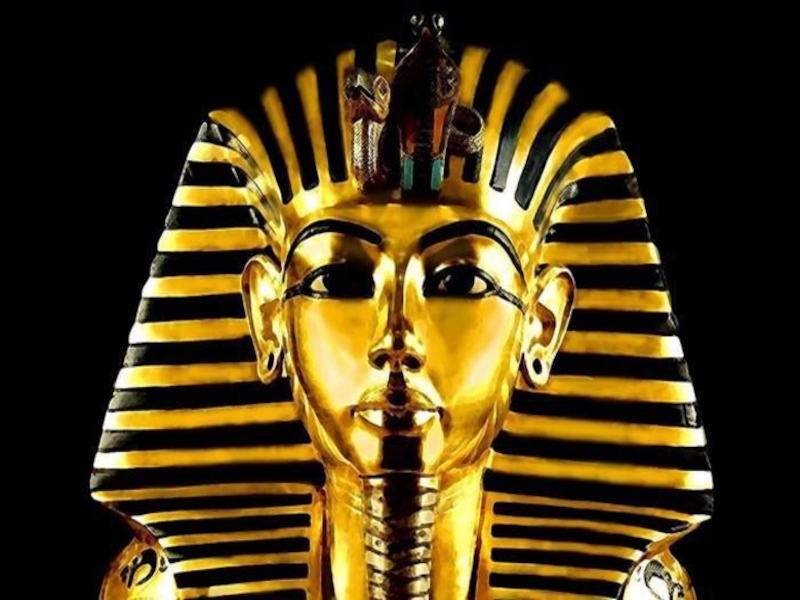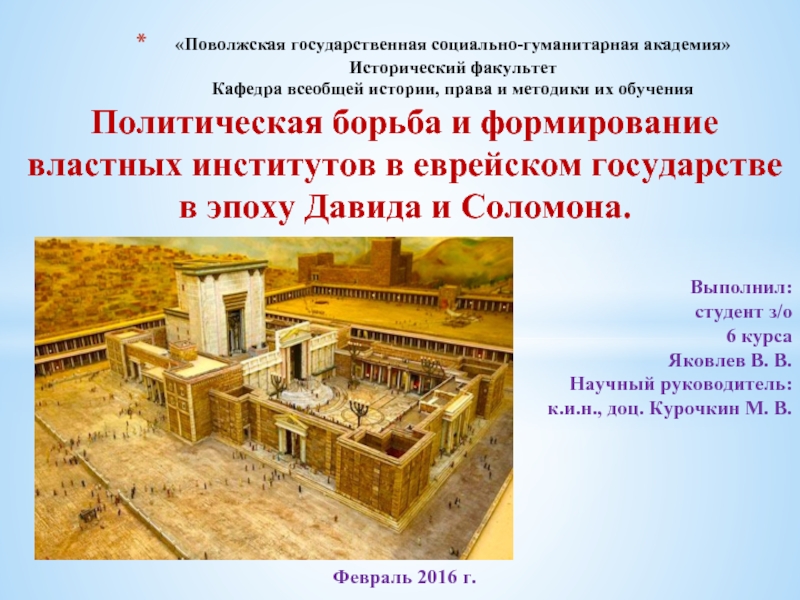- Главная
- Разное
- Дизайн
- Бизнес и предпринимательство
- Аналитика
- Образование
- Развлечения
- Красота и здоровье
- Финансы
- Государство
- Путешествия
- Спорт
- Недвижимость
- Армия
- Графика
- Культурология
- Еда и кулинария
- Лингвистика
- Английский язык
- Астрономия
- Алгебра
- Биология
- География
- Детские презентации
- Информатика
- История
- Литература
- Маркетинг
- Математика
- Медицина
- Менеджмент
- Музыка
- МХК
- Немецкий язык
- ОБЖ
- Обществознание
- Окружающий мир
- Педагогика
- Русский язык
- Технология
- Физика
- Философия
- Химия
- Шаблоны, картинки для презентаций
- Экология
- Экономика
- Юриспруденция
The English reformation. Henry VIII and his heirs. Lady Jane Grey презентация
Содержание
Слайд 2
THE ENGLISH REFORMATION
The English Reformation was a
Слайд 3
WHY DID IT COME ABOUT?
Henry VIII( ruled from 1509 to 1547)
Слайд 4
THE DISSOLUTION
The most wealthy Catholics in
Слайд 5MILITARY MIGHT DURING THE REIGN OF HENRY VIII
Henry VIII's early military
Henry VIII is known as the 'father of the Royal Navy.' When he became king there were five royal warships. By his death he had built up a navy of around 50 ships. He refitted several vessels with the latest guns including the Mary Rose, which sank in 1545.
Henry also built the first naval dock in Britain at Portsmouth and in 1546 he established the Navy Board. This set up the administrative machinery for the control of the fleet.
Слайд 6THE HEIRS OF HENRY VIII. EDWARD VI
Henry VIII had several children.
Edward VI (ruled from 1547 to 1553) was born on 12 October 1537. Edward became king at the age of nine. His father had arranged that a council of regency should rule on his behalf, but Edward’s uncle, Edward Seymour, Duke of Sommerset, took power and established himself as protector. Him and Thomas Cranmer (the archbishop of Canterbury) wanted to make England a Protestant state. An English Prayer book was issued in 1549 to enforce it.
Слайд 7
In 1549 peasants revolted in protest against the Prayer Book.
It soon became clear that Edward was suffering from tuberculosis and he died on 6 July 1553 (he was 15 years old).
Слайд 8
LADY JANE GREY (10 JULY – 19 JULY 1553)
She
Слайд 9 MARY I – BLOODY MARY ( 1553 – 1558)
Mary
Childless, sick and deserted by Philip, Mary died on 17 November 1558. Her hopes for a Catholic England died with her.
Слайд 10 QUESTIONS
What was the
Why was Lady Jane Grey’s reign so short?
Why was Mary I called “Bloody Mary”?















